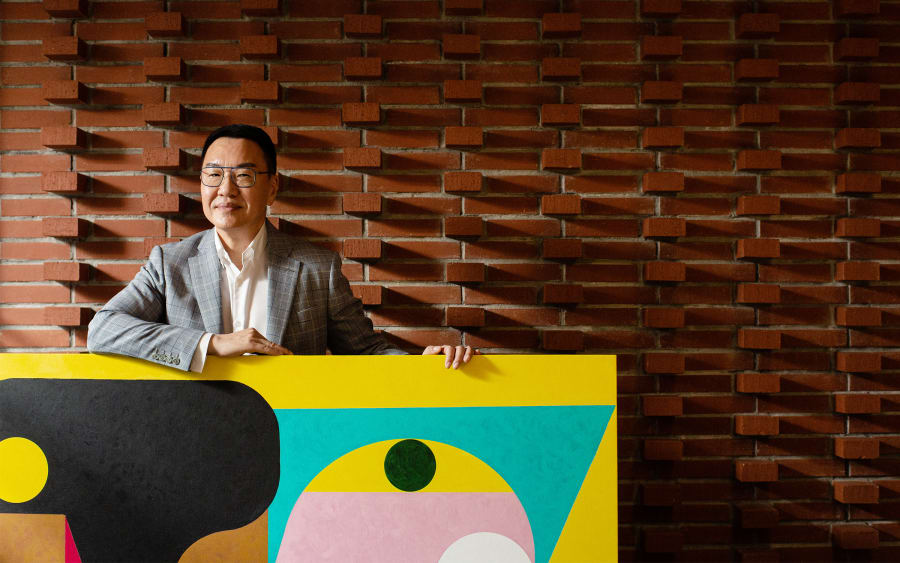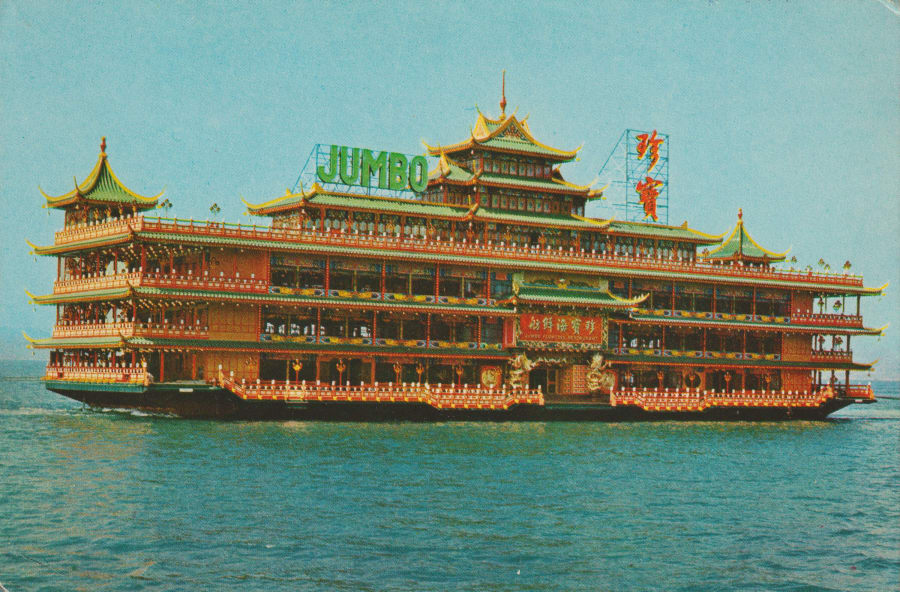‘I started becoming interested in art in 1992 when I visited my friend in Bali in his new, minimalist house. He was hanging artworks on the white walls, and I saw how it transformed his home and made it feel alive. So, I began exploring the idea of acquiring art for my own walls. The more I learned, the more fascinated I became, and I started to collect seriously. The first work I bought was a piece by the Indonesian painter, Hendra Gunawan. He captures everyday life in the country, and depicts family scenes, as well as vendors selling fish and cloth. His work is always very vibrant.
‘When I visited Paris in the 1990s I went to a gallery where I was introduced to 19th- century Impressionist art, as well as Cubism. I was particularly attracted to Pablo Picasso and I acquired a painting from 1955. I was fascinated by how he kept changing his style and it was always original. Soon I started to collect Pierre-Auguste Renoir, Marc Chagall, and Georges Braque. But then the Asian financial crisis hit in 1997, and in Indonesia, we saw our currency depreciate by more than 700 percent. Unfortunately, I had to sell my art collection.
‘When business returned in 2001, I wanted to start collecting again, but the price of Impressionist work had gone up, so my friends in the gallery in Paris introduced me to contemporary art. The first pieces I collected were by Zao Wou-Ki and Chu Teh-Chun. Later, I acquired the work of Jean-Michel Basquiat and Keith Haring, and I started to fall in love with contemporary art.
‘I discover new art at galleries, auction houses, and of course, by visiting art fairs. Seeing so many works in one place inspires me. About 45 percent of my collection consists of Indonesian artists. I started with Gunawan and then I learned about Sindudarsono Sudjojono, and acquired several of his works. I also like Affandi because he drew with his hand instead of a brush, and in the 1950s and 1960s this was something new.
‘Approximately 30 percent of my collection consists of contemporary Asian artists who come from countries ranging from India and Pakistan, all the way to Japan and China. The final 25 percent is contemporary Western art which includes works by American and European artists like Mark Grotjahn. He began working with pencil and then moved to abstract paintings which are very bold.
‘Art has had a significant impact on my life. It has helped me to be more creative and calm. It has also made me more tolerant of different opinions. I opened Museum MACAN in Jakarta in 2017 because I wanted to contribute to Indonesian society by introducing art to people here. We hope art can contribute to creativity as well as tolerance, happiness, and calm within society. I believe these qualities are very important in a multicultural, multi ethnic, multilingual country like Indonesia. Moreover, Indonesia has so many good artists and we needed a platform to promote them. Hopefully, the museum will help Indonesian artists gain more international recognition. But we also show foreign artists – both from our collection as well as through other exhibitions – in an effort to broaden peoples’ horizons and show local artists what’s going on in the world.
‘It’s been very rewarding to see the positive response of people here to Museum MACAN. It is not just about showing my collection. It’s more important that we mount exhibitions of an international standard that can help educate our people. When I started buying art, I would acquire work based on my instincts, but now I consult with my museum director so my collection supports the mission of the institution.
‘Currently my objective is to focus on education. Museum MACAN has already worked with more than 900 schools, and engaged more than 3,000 teachers, both online and in person. We arrange school visits and contribute to school curriculums to teach students about art. In the museum’s exhibitions, we have wall texts for visitors as well as some dedicated material for the younger crowd. The goal is to engage and stimulate students and encourage them to learn more about art.
‘In the last 12 months I’ve been buying a lot. I just bought works by Jeff Koons, Olafur Eliasson, and Yayoi Kusama. These are artists that I really like. I also just purchased a Lee Bul ‘Infinity Mirror’. All these artists really inspire me. They are so creative and courageous. In life, we need to be creative, and we also need to be bold.’
Payal Uttam is an independent writer and editor who divides her time between Hong Kong and Singapore. She contributes to a range of publications including Artsy, The Art Newspaper, South China Morning Post
and The Wall Street Journal.
Full-bleed image: Pinaree Sanpitak, Breast Stupa Topiary, 2013.
Published on March 4, 2024.


